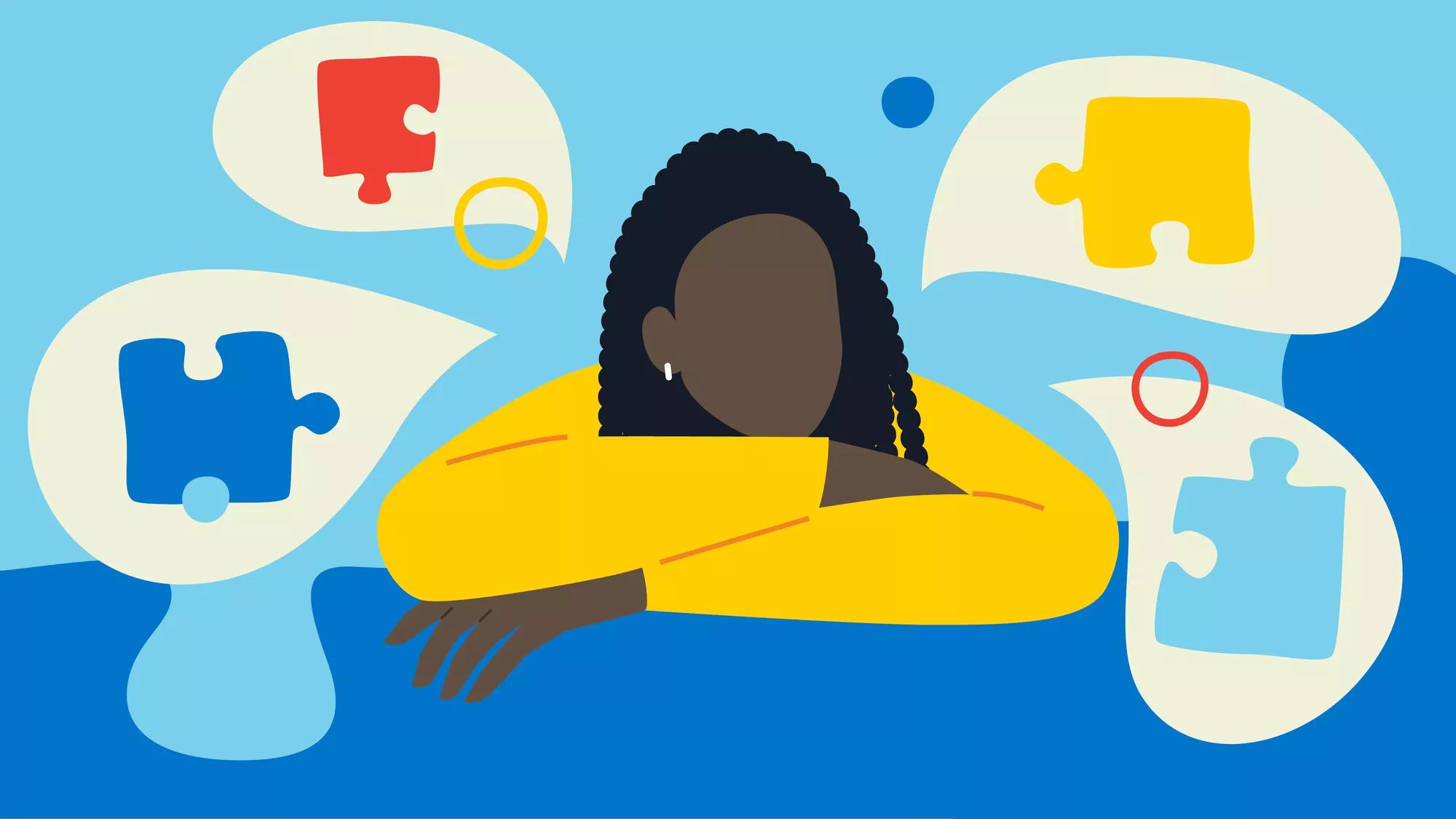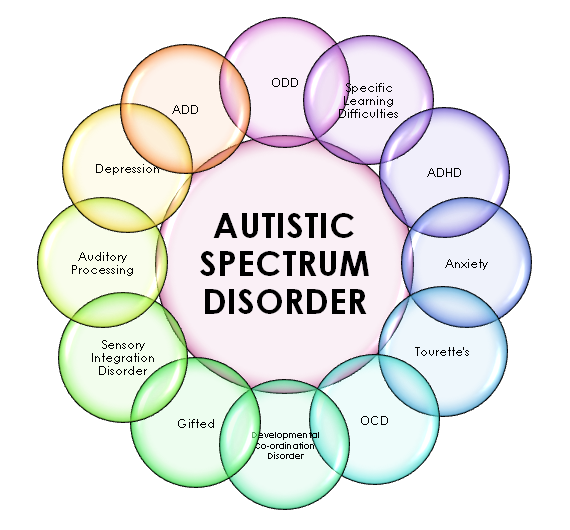Exploring Autism: Techniques for Effective Communication and Interaction
Reliable interaction and communication with individuals on the autism range require a comprehensive understanding of their unique demands and choices. Approaches such as using clear language, utilizing aesthetic supports, and fostering consistent regimens can dramatically improve involvement and lower anxiousness. Moreover, recognizing the importance of non-verbal cues and shared passions leads the method for meaningful links. The complexities of these approaches disclose more factors to consider that warrant expedition, specifically in how they can be adapted to varied contexts and specific experiences. What might these adaptations appear like in method?
Comprehending Autism Spectrum Disorder
Autism Spectrum Condition (ASD) encompasses a range of neurodevelopmental conditions characterized by obstacles in social interaction, interaction, and recurring habits. The term "spectrum" shows the varied indications and varying levels of severity experienced by individuals with ASD. While some might display significant impairments, others might show high-functioning qualities, enabling for greater self-reliance in every day life.
The beginning of ASD usually takes place in very early childhood, with indicators frequently well-known by age two. Very early indicators may include postponed speech advancement, limited eye get in touch with, and difficulties in recognizing social signs. The accurate etiology of ASD remains vague, research suggests a mix of hereditary and ecological variables plays a critical function in its advancement.
People with ASD often possess special toughness, such as increased interest to information and exceptional memory skills. They might struggle with recognizing abstract ideas and taking care of changes to routine - autism. Therefore, interventions and support customized to individual needs are important for cultivating interaction and social abilities. Identifying the intricacy of ASD is essential for promoting understanding, acceptance, and reliable methods that promote meaningful communications with people on the range.

Significance of Clear Interaction
Reliable interaction is crucial for promoting understanding and connection, especially for people with Autism Range Disorder (ASD) Clear communication not just assists in social communications however likewise improves the person's capability to reveal their demands, thoughts, and emotions. For people with ASD, the nuances of language can frequently be challenging; consequently, utilizing straightforward and distinct language is crucial.
Additionally, clear communication aids decrease aggravation and anxiousness that may arise from misconceptions. When messages are conveyed in a regular and direct manner, individuals with ASD are much better geared up to analyze info properly, which can substantially enhance their social interaction and engagement in different setups.
Establishing routines and making use of visual assistances can better reinforce clear interaction. These strategies supply people with predictable frameworks that assist comprehension and retention of info. In addition, actively listening and being patient during communications advertises an encouraging setting where individuals with ASD feel valued and comprehended.
Inevitably, prioritizing clear communication not only equips people with ASD yet also promotes even more purposeful links with their peers, caregivers, and the larger neighborhood, leading the way for collective connections and comprehensive communications. - autism
Non-Verbal Interaction Strategies
Interaction expands past words, and for people with Autism Range Disorder (ASD), non-verbal cues play a significant function in interactions. Non-verbal communication methods can include facial expressions, gestures, body language, and eye get in touch with, all of which function as important elements for communicating emotions and objectives.
Recognizing and translating these non-verbal signals can improve interactions with individuals with ASD. A warm smile or open position can create an inviting ambience, motivating interaction. Likewise, using aesthetic help-- such as photo cards or signs-- can bridge interaction voids and assist communicate messages better.
It is additionally crucial to be mindful of individual area, as individuals with ASD might have different convenience levels concerning proximity. Observing their responses to physical closeness can educate proper adjustments.

Developing Helpful Environments
Creating an encouraging atmosphere is important for fostering favorable communications and enhancing the health of individuals with Autism Spectrum Problem (ASD) Such atmospheres can significantly lower stress and anxiety and create a feeling of security, allowing people to express themselves extra easily.
To attain this, it is necessary to think about sensory level of sensitivities that individuals with ASD might experience. Customizing the physical room to include soft lights, very little history noise, and comfy seating can produce a calming environment. Additionally, utilizing regular routines and clear aesthetic schedules can assist people expect changes and reduce unpredictability, more promoting convenience.
Social areas ought to be structured to decrease overwhelming stimuli while giving opportunities for interaction in recommended activities. Assisting in locations designated for peaceful time can additionally work as a sanctuary throughout minutes of stress. Significantly, including elements of choice equips people, permitting them to exercise company in their atmosphere.

Motivating Social Communications
Promoting social communications among people with Autism Spectrum Condition (ASD) requires deliberate strategies that prioritize convenience and interaction. Developing predictable regimens can help in reducing anxiety, making social settings extra approachable. Developing organized atmospheres with specified roles and duties permits individuals important link to engage without the frustrating stress of unstructured social dynamics.
Including interests and staminas right into social tasks can find out act as a driver for communication. For instance, organizing group activities around shared leisure activities or subjects of fascination can help with all-natural discussions and links. Furthermore, using aesthetic assistances, such as pictorial routines or social scripts, can help in recognizing social signs and assumptions.
Designing ideal social behaviors is important - autism. Peers and grownups must show efficient interaction methods, consisting of energetic listening and turn-taking. Role-playing situations can likewise supply a risk-free area for people to practice these skills
Finally, fostering peer relationships through inclusive practices is essential. Encouraging comprehensive playdates or team getaways can produce chances for socialization in a comfortable setting. By implementing these caregivers, educators and strategies can substantially enhance social interactions for individuals with ASD, promoting their overall social growth and health.
Final Thought
In verdict, effective communication and interaction methods are essential for supporting individuals with Autism Range Problem. Inevitably, these techniques equip people with autism to browse social landscapes, advertising their total well-being and enabling the development of enduring connections.
Reliable interaction and communication with people on the autism range demand a comprehensive understanding of their distinct requirements and preferences. Clear communication not only helps with social communications however likewise boosts the person's capacity to share their requirements, emotions, and thoughts.Fostering social communications amongst people with Autism Spectrum Disorder (ASD) requires intentional approaches that focus on convenience and interaction. By executing these approaches, instructors and caregivers can substantially enhance social communications for people with ASD, promoting their total social advancement and well-being.
In verdict, efficient communication and communication methods are important for sustaining individuals with Autism Spectrum Condition.